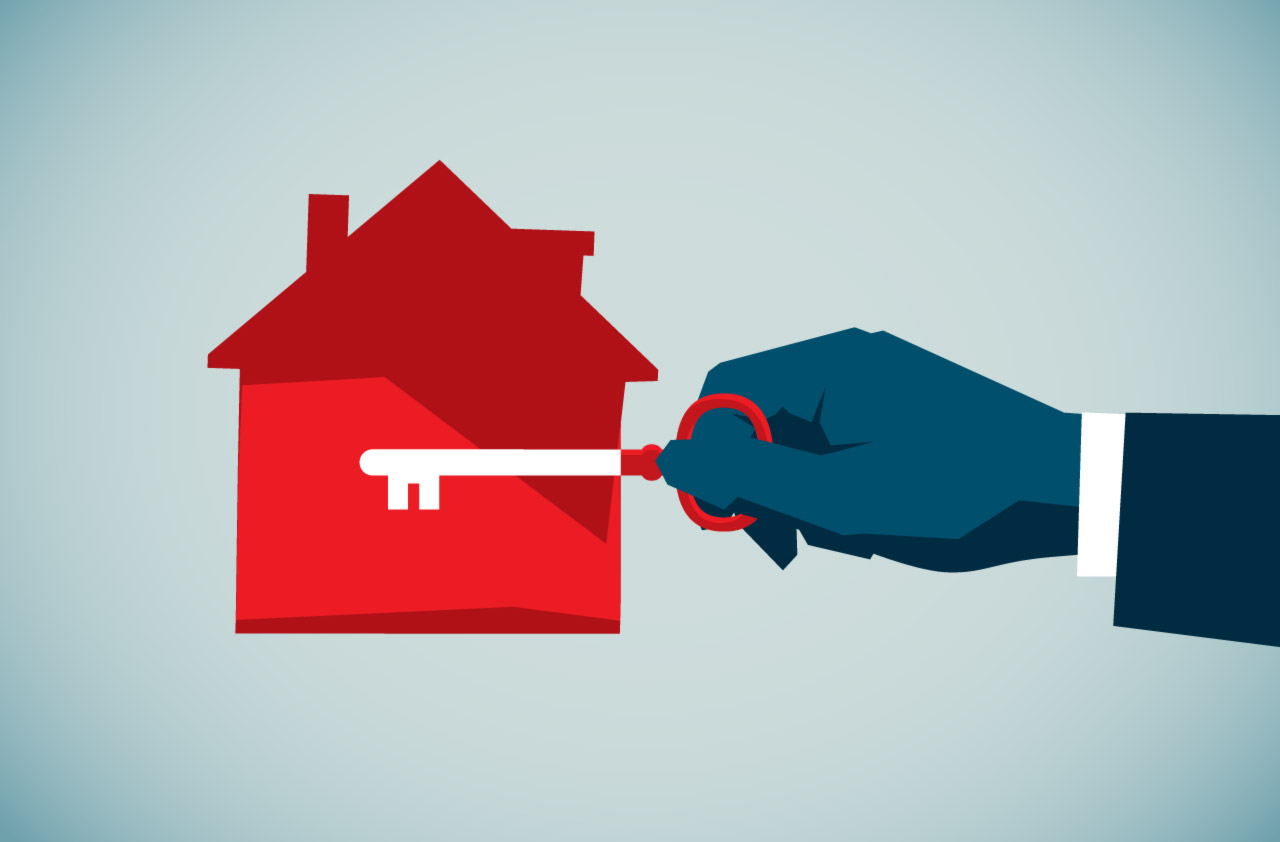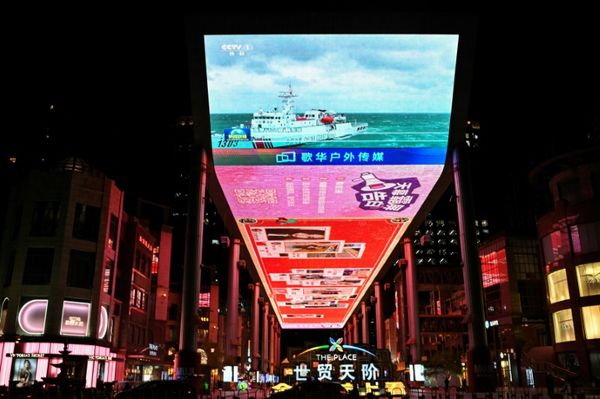
Kiplinger’s Economic Outlooks are written by the staff of our weekly Kiplinger Letter and are unavailable elsewhere. Click here for a free issue of The Kiplinger Letter or to subscribe for the latest trends and forecasts from our highly experienced Kiplinger Letter team.
Home-price growth has started to accelerate in 2025. The S&P CoreLogic Case-Shiller U.S. National Home Price Index, which tracks the prices of existing homes across the nation, rose 4.1% in January from a year earlier, slightly faster than the 4% annual gain in the previous month. On a month-over-month, seasonally adjusted basis, home prices rose 0.6%. While low home affordability continues to weigh on demand, the limited supply of homes for sale is supporting continued price growth. New York reported the strongest price appreciation over the previous year, followed by Chicago and Boston. Homes prices in Tampa fell 1.5% over the year — the weakest return in the 20 cities covered by the index. Borrowing costs are likely to stay elevated at over 6% over the next few months, which means that buyers and sellers alike will continue to deal with challenging conditions in the housing market.
Housing starts rebounded in February, but concerns among builders about tariffs are rising. Total housing starts rose 11.2%, to 1.50 million annualized units in February. Single-family starts rose 11.4%, while multifamily starts, which are very volatile from month to month, increased 10.7% during the month. Single-family permits fell 0.2%, while multifamily permits dipped 3.1%, signaling that the pace of construction will slow down in coming months. As mortgage rates remain elevated, builders have stepped up their use of mortgage rate buydowns and other incentives to soften the impact of higher rates on their customers. That said, builders are also becoming more cautious on account of rising uncertainty, due to the impact of tariffs on building supplies.
New-home sales rebounded in February, rising 1.8% to a seasonally adjusted annual rate of 676,000 units. The new-home market continues to benefit from the tight supply of existing homes for sale and from builder-financed incentives that help make new homes more affordable for buyers. While the new-home market has been less sensitive to changes in mortgage rates, thanks to the builder incentives, if mortgage rates stay above 6%, that will likely discourage some home buyers in the months ahead. The inventory of new homes for sale has risen 8.6% over the past 12 months. At the current sales pace, that inventory would last 8.9 months.
The recent gain in existing-home sales isn’t likely a sign of strength to come. These sales rose 4.2% in February, to 4.26 million annualized units. Despite the uptick, that is still a relatively slow pace. Buyers continue to contend with elevated financing costs, high home prices and limited inventory. Mortgage applications, which lead sales by a month or two, fell sharply in February, despite mortgage rates falling below 7% in recent weeks. The total inventory of existing homes on the market rose 17% from a year ago. This translates to 3.5 months of supply at the current sales pace, unchanged from January.







